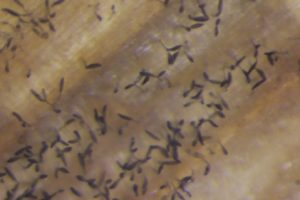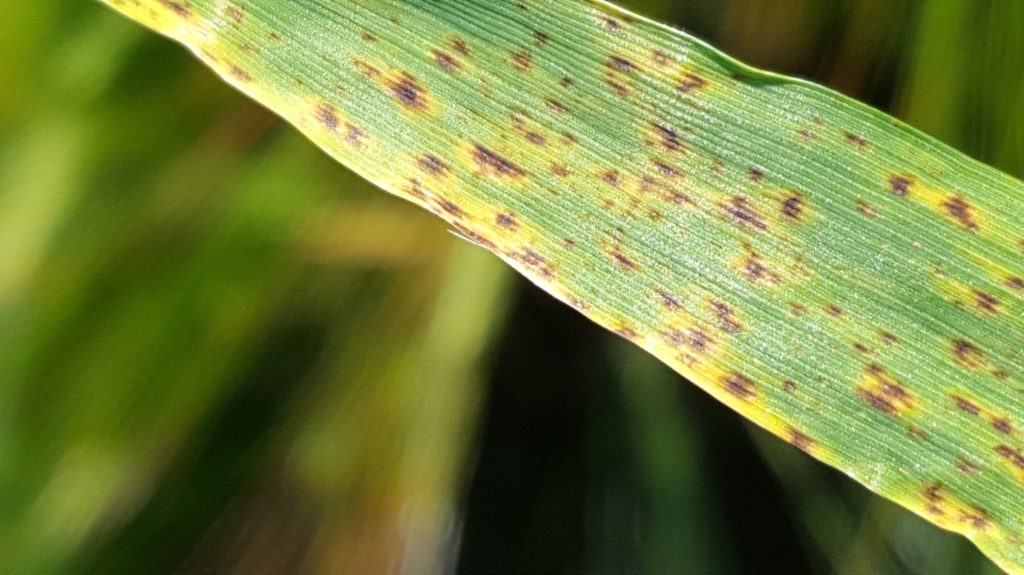Plant health: New threats and new tools
8 February 2019Plant health threats are a moving target, and the best management tools alter with each season so it pays to stay up to date. Some existing problems are becoming harder to manage with resistance development and product losses through legislation, but fortunately there a few new tools emerging too.
While some of the new plant health threats facing agricultural crops move on seed, soil or plant parts and can be kept at pay with border inspections, restrictions on plant movements and seed health schemes, many of the threats to crops move in the air so no amount of policy making will keep them out. Other new and emerging problems in agriculture are already present and small changes in climate or agronomic practice can give them an opportunity to burst out. Ramularia leaf spot in barley gives us an example of a disease that was present in seed for a long time before it emerged as a problem, by which time it had been unknowingly moved around the world, and it only found its niche when fungicide programmes were developed which kept the barley crop greener for longer. Vital for producing good yields and quality but a handy little window of opportunity for Ramularia to become problematic.
There have been other examples in the last two seasons. Tan spot in wheat and barley was common in Scottish crops in 2017 and 2018. It is favoured by hotter summers so although not particularly troublesome now it is one to watch as it is partially resistant to several key fungicides so sneaks through in otherwise clean crops. Bipolaris leaf spot blotch is another emerging pathogen that will be discussed over winter meetings. It’s been picked up in SRUC trials for two seasons now and is linked to trash, weeds and close rotations but also to hot, humid summers so it makes sense that it was seen more widely in 2018. It isn’t, as yet, worth targeting with fungicide programmes but accurate ID is important so that it isn’t wrongly managed as net blotch or Ramularia.

Bipolaris on spring barley at SRUC’s Boghall Farm, Midlothian is just one of a host of new disease threats.
New mutated strains of existing pathogens also emerged in 2018 – with further negative developments around azoles and SDHIs in Septoria and other issues affecting net blotch, Ramularia and loose smut in barley. The threat of pesticide withdrawals has been hanging over the azole family of fungicides for several years now and a few like propiconazole are now in final use up periods. 2019 will be the first season without the seed treatment chlothiandin (Deter) so management of aphids and other pests will have to be different in 2019. Diquat – used for potato burn down – is also in a final use up period.
Scottish growers and agronomists are used to adapting and tuning inputs in response to new challenges and to moving on to the best of the new tools as they become available so there is some good news to counter the bad. A new azole fungicide, called Revisol, and a completely novel fungicide called Inatreq are now close to market and these complement some of the remaining strong tools in the crop protection tool box. One of the stronger tools is varietal resistance and the new Scottish Cereal Varietal List will be launched soon – keep an eye on this site for the launch.
Fiona Burnett, SRUC for the Farm Advisory Service
Sign up to the FAS newsletter
Receive updates on news, events and publications from Scotland’s Farm Advisory Service

